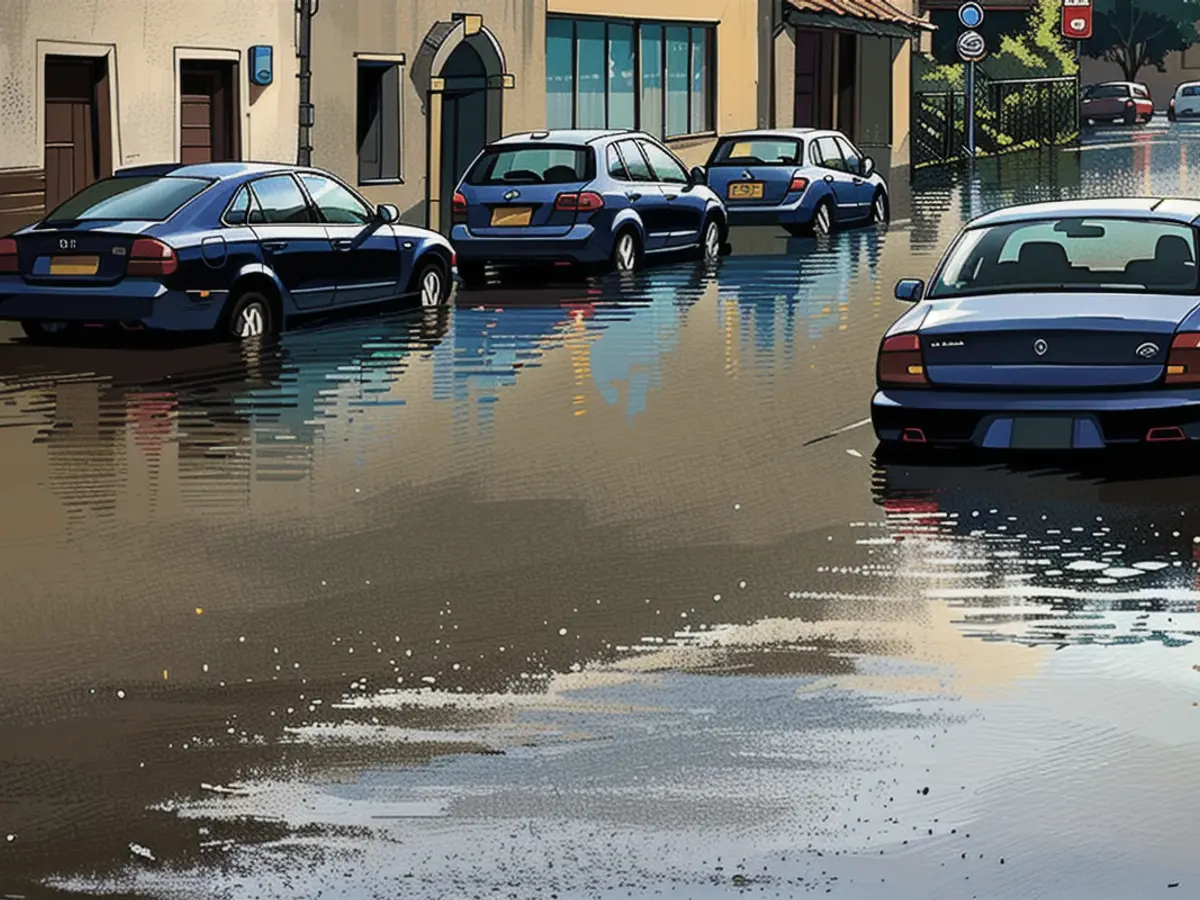If a car goes underwater, what transpires?
Off-road vehicles and amphibian cars generally handle large amounts of water with ease, whereas most other cars face the risk of being damaged when exposed to floods and heavy rain. Damaged cars due to flooding are among the most expensive repairs resulting from such disasters. Delaying the rescue of the vehicle poses potential issues to the engine, electronics or interior, which could be costly. If water rises to the dashboard, the vehicle might be considered a total loss as the cost for replacing certain airbags and electronic components will likely exceed the car's value.
If only the bumper is submerged and the interior remains dry, the risk of damage is minimal. A workshop visit is still recommended to check the steering, brakes, wheel bearings, and drive shafts, among others, and repair if necessary. However, if the water reaches or goes over the door sill and into the interior, complications arise. At the very minimum, floor coverings and insulation mats often need replacement.
Depending on the vehicle type, electronic components may also be affected, and the exhaust system might be damaged, leading to a significant financial burden for repair and drainage, which might not be worth the cost of repairing some cars. Despite thorough cleaning efforts, some cases may result in future malfunctions in the affected vehicle.
Even if the water level drops, drivers must exercise caution. The journey to the workshop should be made using a trailer or a towed connection to avoid any chance of water entering the engine, breaking the oil film, and eventually causing significant engine damage. Disconnecting the battery during transport to prevent possible short circuits is also advised.
Even if the water level lowers, drivers should continue to proceed with caution away from water holes and flooded areas. At low speeds, the bow wave might cause a water hammer effect, forcing water into the engine's intake tract, which could destroy it. SUVs and other conventional vehicles draw oxygen just above the road surface while electric cars do not rely on external air, rendering them less sensitive to water damage. Nonetheless, a cautious approach is advisable as instruction booklets will convey the maximum depth permissions for safely driving an electric vehicle through water.
Read also:
In extreme weather conditions, an automobile might face challenges when navigating through flooded roads, potentially leading to water entering the engine compartment. During such events, it's crucial to avoid driving through deep water, as even a small amount of water can cause significant damage to the vehicle's electronic components and engine.
Source: www.ntv.de








